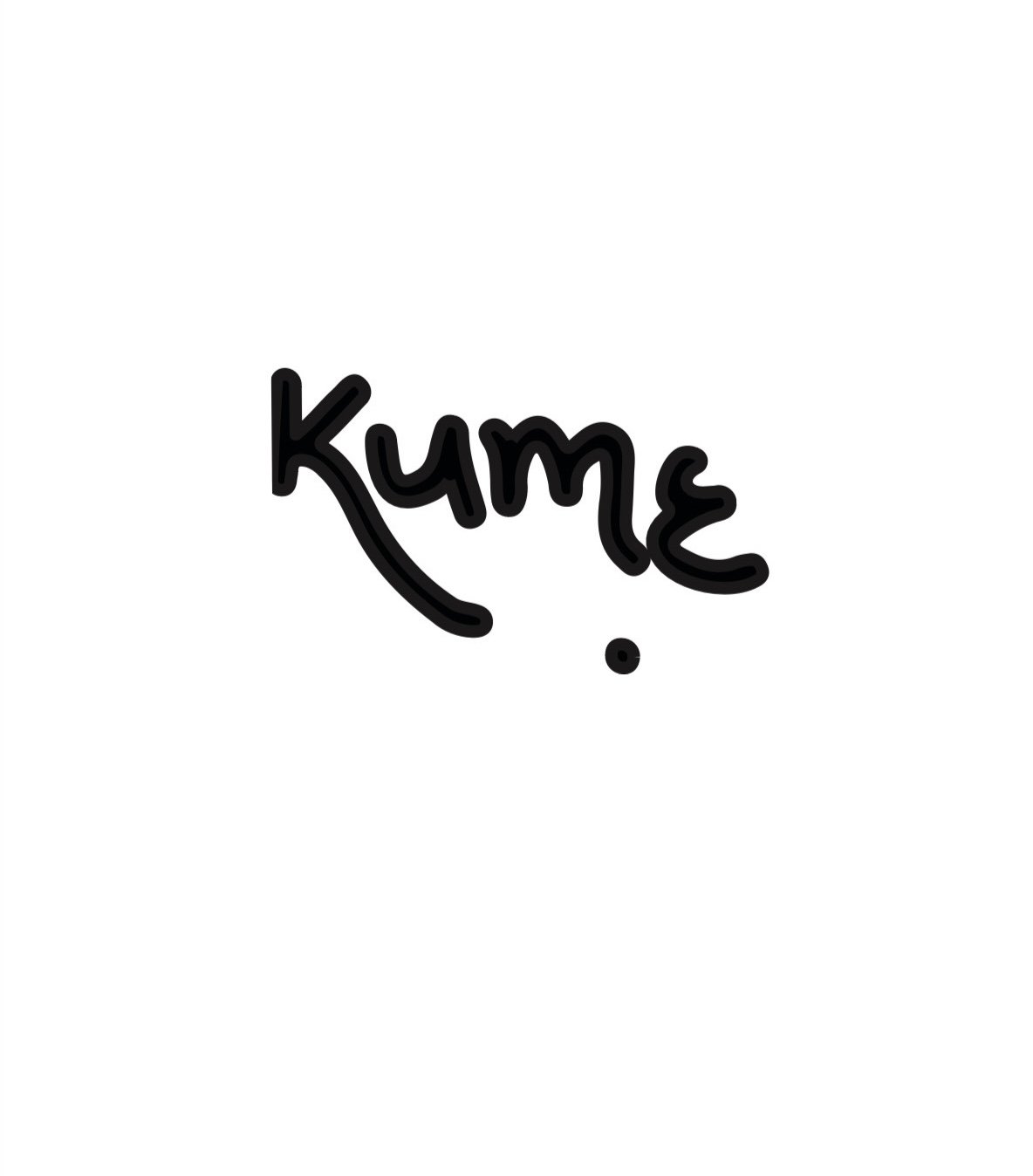Who’s to Blame
3 min
Sometimes, when we find ourselves in a disagreement, it feels like we’re supposed to figure out who’s at fault. I’ve been there—thinking someone has to be the ‘bad guy,’ like it’s the only way to resolve things. But what if no one’s wrong? What if we’re just looking at the same situation from different angles?
Think about how many friendships have ended or relationships have broken down because we were too focused on pinpointing who messed up. We get so caught up in the need to be ‘right’ that we miss the bigger picture. Maybe the issue isn’t about who’s to blame. Maybe it’s about understanding that we can see things differently and still both have valid feelings.
I remember a time when a close friend and I had a falling out. We both felt hurt, convinced the other was in the wrong. But as I look back, I realize we were both just coming from different places emotionally. What’s more, we were both operating under hidden assumptions—assumptions about what the other person was thinking, about what should have been said, and how we thought the situation was supposed to go. These assumptions had colored our narratives of what happened and fueled our disagreement.
One of the hidden assumptions I carried was that my friend didn’t value our time together as much as I did because she had canceled plans several times. But in reality, she was juggling a lot in her personal life that I wasn’t fully aware of. Once we started discussing those unspoken expectations, we realized that neither of us was the ‘villain’—we were simply working from different sets of unspoken expectations. Once we stopped focusing on who was right and started to understand where the other person was coming from, we were able to reconnect in a more honest, compassionate way.
We’re often taught that to move forward, we need to figure out who’s to blame, but that’s not always necessary. Sometimes, two people can look at the same event and come to completely different conclusions, and that’s okay. When we stop trying to win an argument and instead uncover the assumptions driving our perspectives, we can actually start to hear the other person.
Letting go of the need to assign blame is freeing. It allows us to see the humanity in each other, to acknowledge that we’re all just doing our best from where we stand. It’s not about always agreeing—it’s about creating space for both perspectives to exist without turning it into a battle.
So, next time we’re caught in a disagreement, instead of asking, “Who’s at fault here?” what if we asked, “What hidden assumptions are at play, and how can we understand each other better?” Not every story needs a villain. Sometimes, it’s just two people with different truths, shaped by their own expectations, and that’s more than enough.
If you want to practice not making someone the bad guy, try the MyKume Journal. The guided prompts are an exercise in storytelling. Stories, as we know, shape our beliefs, values, assumptions, and everything we live by. Through this exercise, you become conscious of your stories, their sources, and how they are formed. With this awareness, you gift yourself the possibility to create new meanings and have agency over your life. Regardless of where you are in your practice, this journal is an opportunity to reconnect and start again.
Sign up for our curated weekly Kume House Musings newsletter with stories and inspiration on life, love, well-being, and much more delivered right to your inbox.

